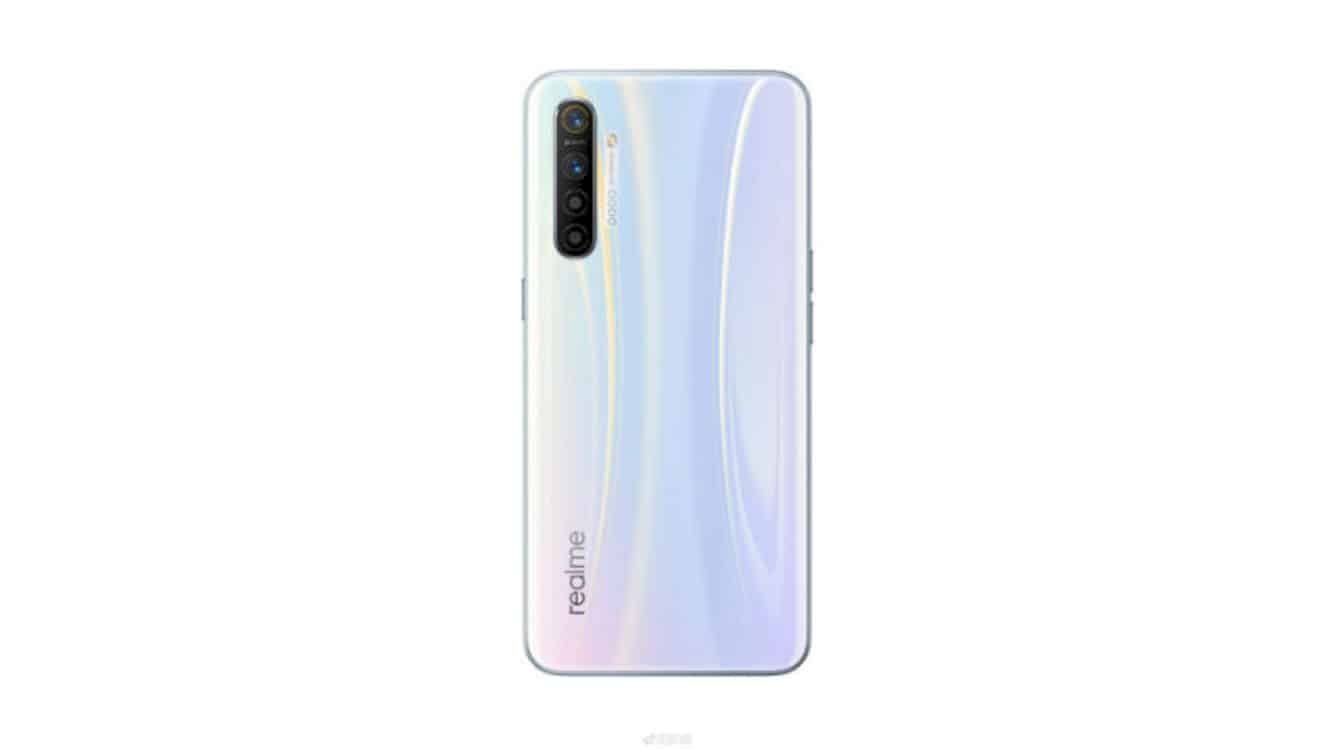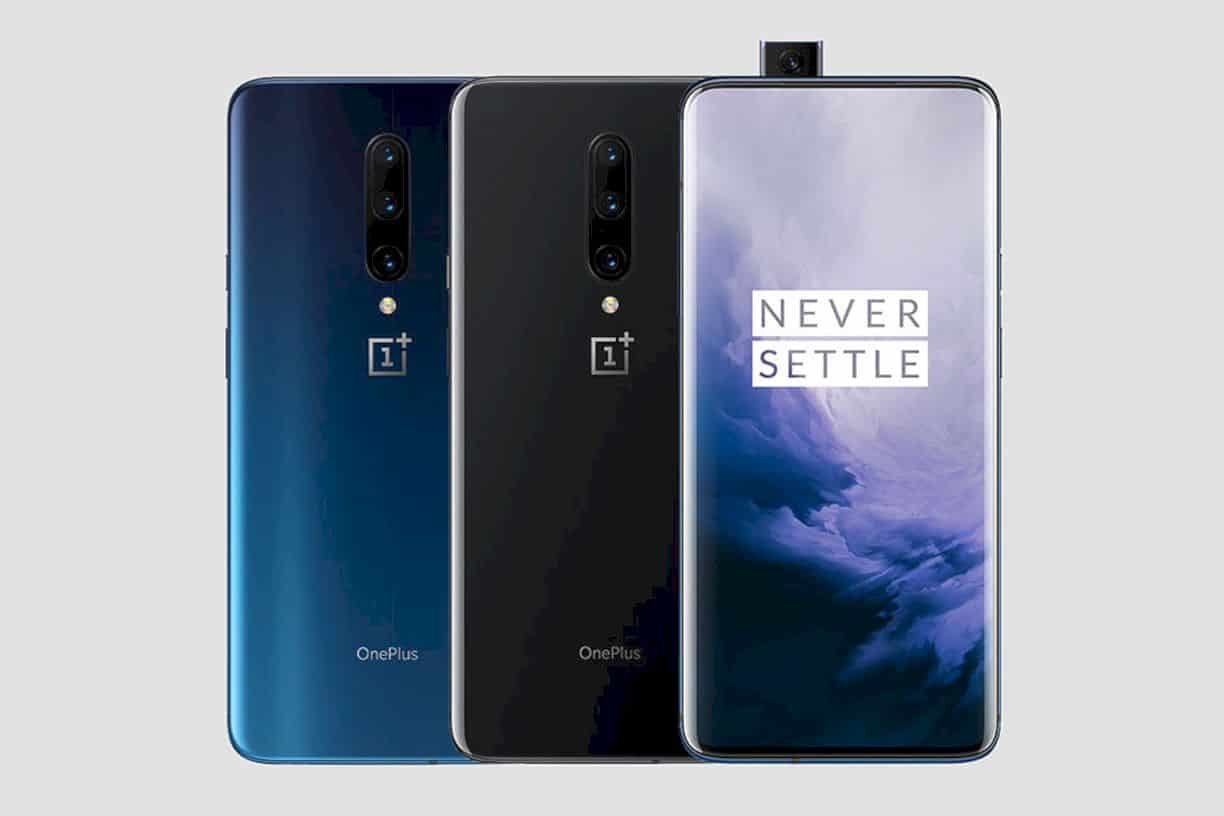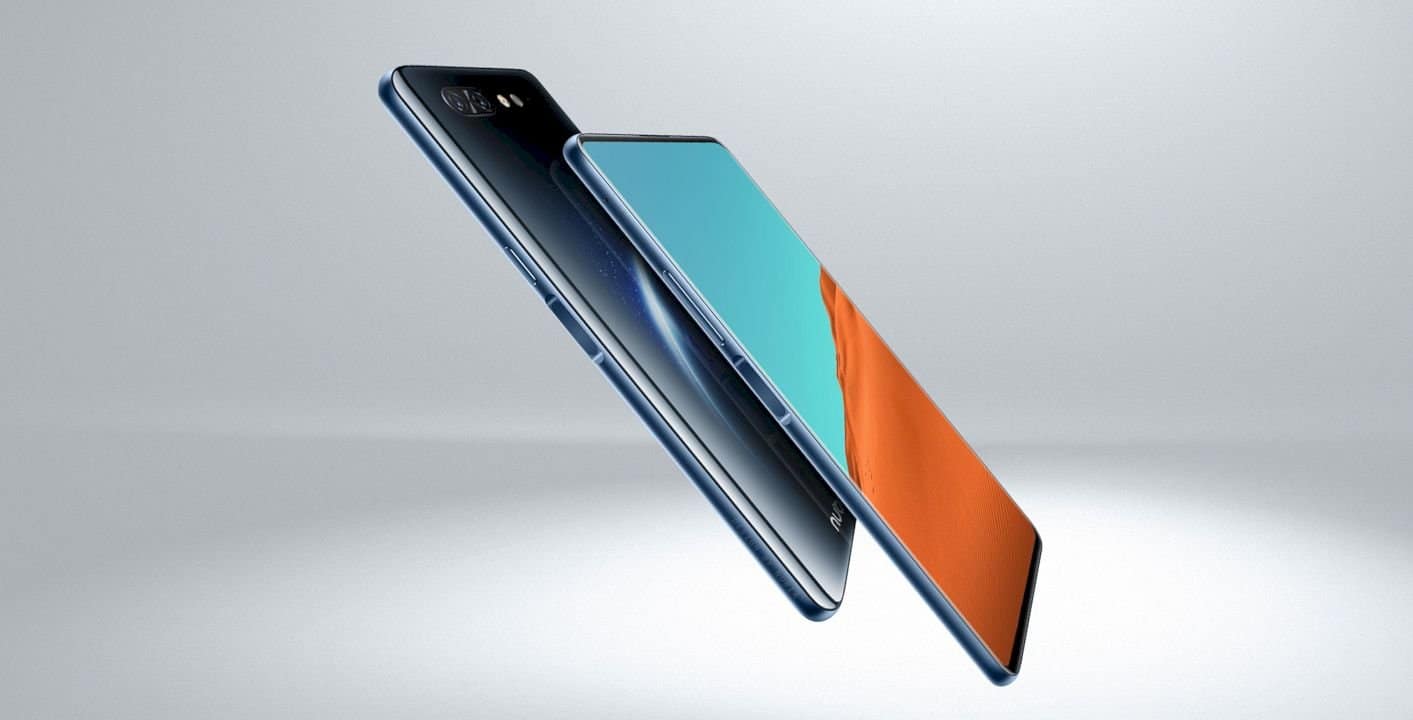After a myriad of rumors circulating in the internet wilderness, Google Pixel 4 officially introduced last month. One of the most anticipated smartphones comes with several breakthroughs, and the public is eager to see what Google has put on the phone that they called “Google’s Most Helpful Phone”.

Pixel 4 packs a screen with a refresh rate of 90 Hz, a feature that has so far been classified as not yet mainstream even in the flagship smartphone market. The panel itself is an AMOLED panel 5.7 inches with a resolution of 2280 x 1080 pixels and 444 PPI.
The latest smartphone from Google still packs a bezel that is thick enough for the smartphone flagship-class which, according to many, is a decision that is no longer relevant. Nevertheless, the overall look of the appearance of the smartphone is still far more interesting than all of its predecessors.
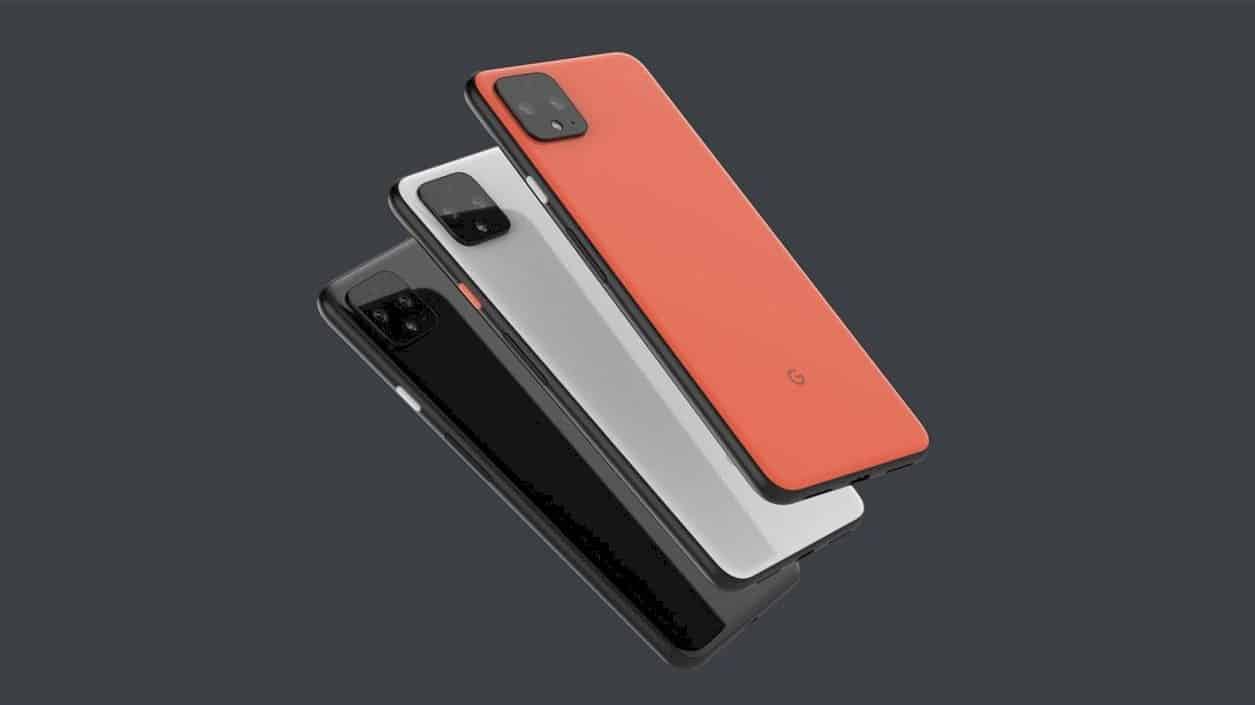
Google has its reason for why the thick bezel is there on Pixel 4. The bezel is the nest of a series of sensors and cameras to let the Pixel 4 enhance the face unlock feature, and the radar. The radar was a small part of Google’s project has long developed under the name Project Soli.
The radar serves to detect the user’s hand that is approaching so that a row of sensors and cameras can immediately readily scan the user’s face instantly. Conversely, when the phone is placed on a table, for example, the screen will automatically turn off because the radar detects the user’s hand away.
Another function of the radar is to improve the gesture feature on Google Pixel 4. Turning off the alarm to changing the song in the music application, everything can be done by waving the hand on the device’s screen.

For the first time, there is more than one camera behind a Pixel phone. Pixel 4 now packs two rear cameras at the same time: 12-megapixel f / 1.7 with OIS and Dual Pixel technology, and telephoto (2x optical zoom) 16-megapixel f / 2.4, also with OIS.
On the front, Google put on one camera with a resolution of 8 megapixels has an f / 2.0 lens with a wide enough coverage (90 °). As for video capabilities, recording in 4K 30fps resolution can only be done with the rear camera, while the front camera is limited to 1080p 30fps.
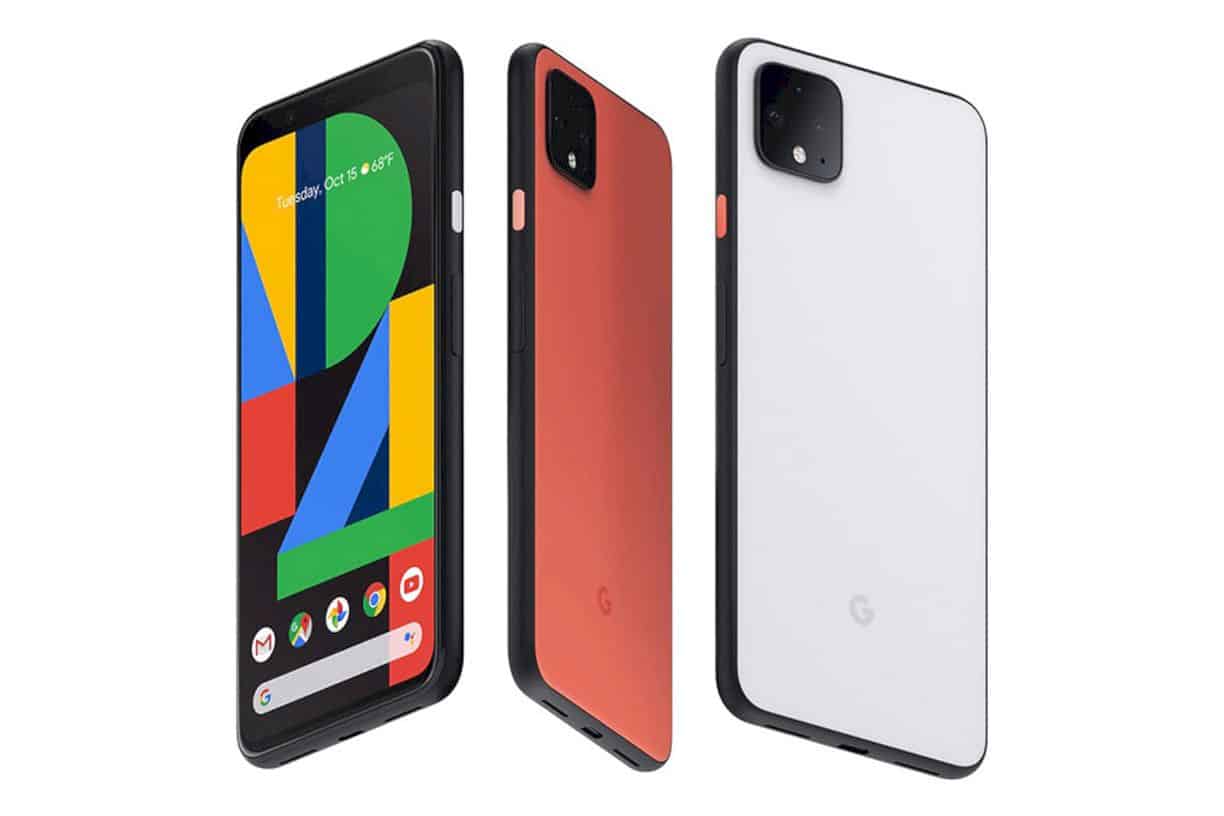
Software still plays an important role in Pixel. These smartphones introduce the world to the Night Mode feature, which is now a mainstay of smartphone manufacturers.
Pixel 4 takes this feature to a higher level, precisely the level of astrophotography. Not only does the phone can see in the dark, but Night Sight from Pixel 4 is now also capable of photographing starry skies when conditions are optimal.
![]()
The Google Pixel 4 is equipped with Snapdragon 855 which is accompanied by 6 GB RAM and a choice of 64 or 128 GB internal storage. For the batteries, Pixel 4 packs a capacity of 2,800 mAh and supports 18 W fast charging and Qi wireless charging.
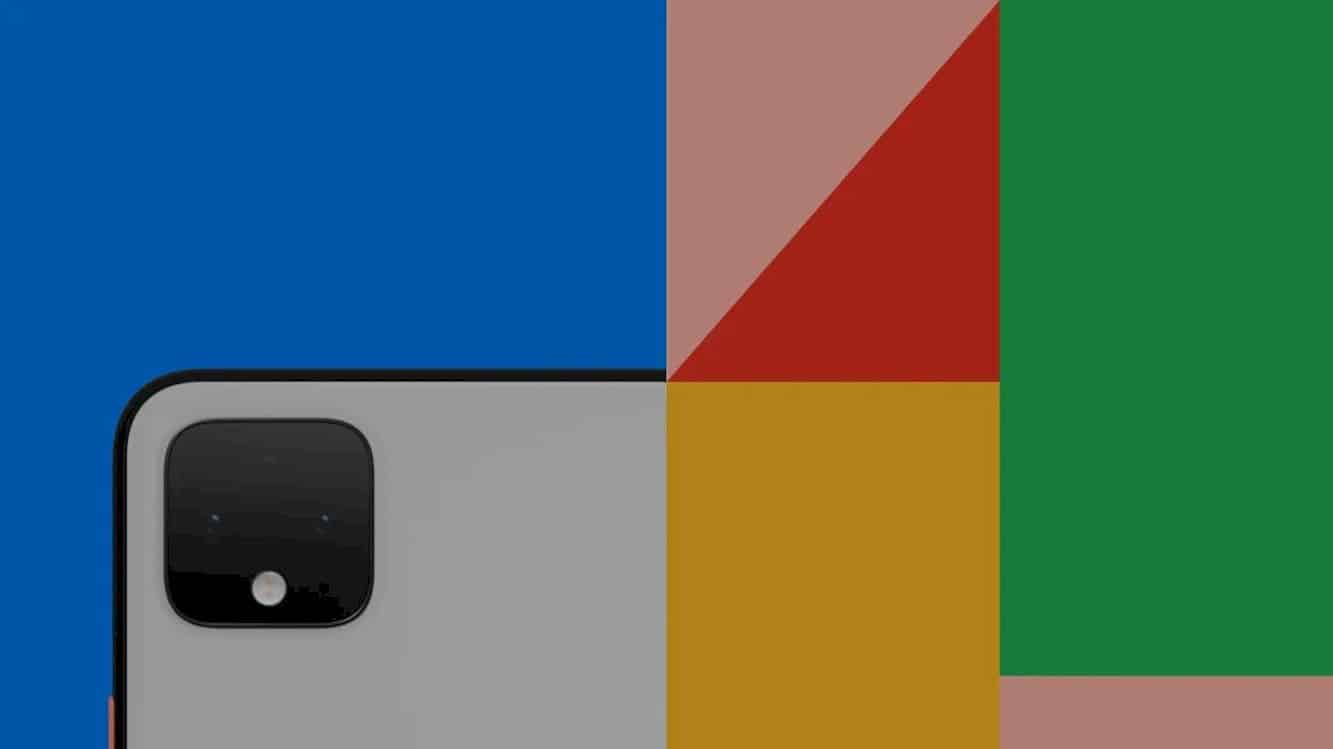
Google set October 24 as the first marketing date for Pixel 4 where the prices of the product will be around $ 799, and consumers can choose from one of three available color choices – Oh So Orange, Just Black, Clearly White. Interestingly, Google claims that its latest lineup of Pixel phones will be marketed globally.
https://www.youtube.com/watch?v=_1QuBKyreWU
